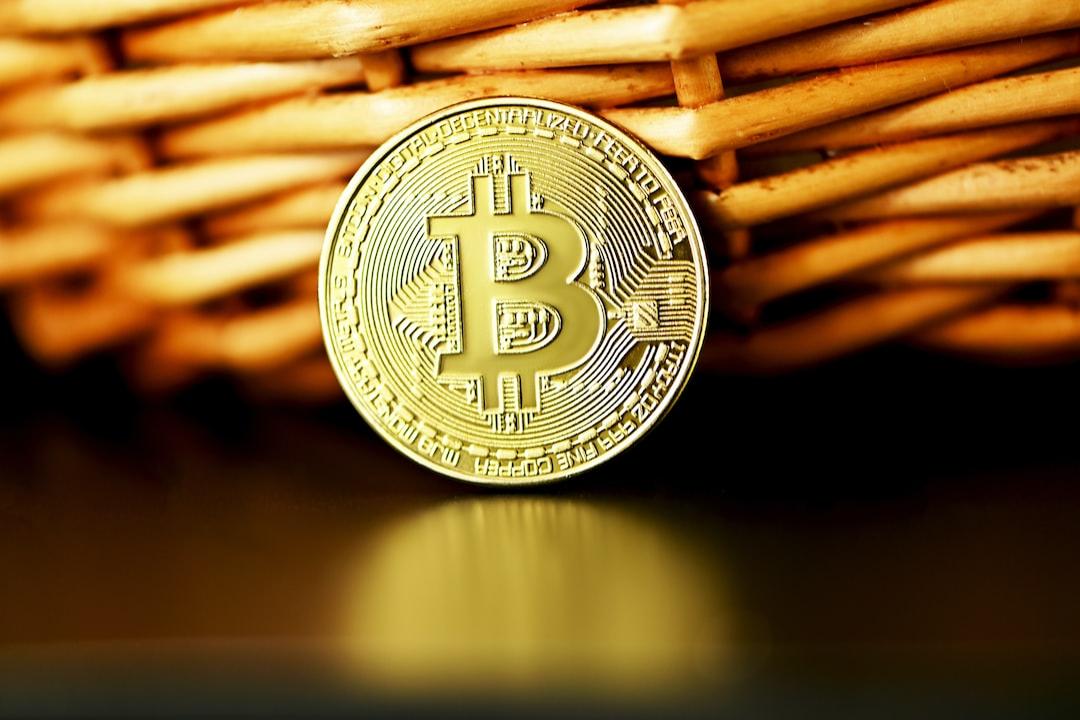What is ETP?
The most well-known ETF (Exchange-Traded Fund) in the financial markets is favored by many investors due to its characteristics of both open-ended funds and stocks. However, sometimes we see people referring to it as ETP. What are the differences between these two terms? And what are ETN, ETD, and ETC respectively?
Table of Contents
What is ETP?
Analysis of ETP’s Pros and Cons
Common Types of ETP
1. ETF (Exchange-Traded Fund)
2. ETN (Exchange-Traded Note)
3. ETC (Exchange-Traded Commodity)
4. ETD (Exchange-Traded Debt)
Conclusion
ETF can be said to be the most watched commodity in the traditional financial markets in recent years, as it combines the characteristics of open-ended funds and stocks, becoming the top choice for many investors. The Bitcoin spot ETF officially listed in the United States in January this year has had a significant impact on the market, and many analysts and institutions are optimistic that the Ethereum spot ETF will be listed as early as July.
However, readers may sometimes come across ETP or even ETN… leading to confusion about their differences from ETF. Therefore, this article is organized for readers to understand the differences between these common financial product names, their common types, and their characteristics and pros and cons.
ETP, or Exchange Traded Products, are known as “Exchange Traded Products” in Chinese. Unlike buying individual stocks, ETPs securitize various assets (such as stocks, bonds, and commodities), packaging them into financial products that can be traded on exchanges. Investors can indirectly participate in the price movements of these underlying assets through ETPs, enabling diversified investments.
Generally, the trading and liquidity of ETPs are higher than directly investing in the underlying assets, significantly enhancing investment flexibility.
Advantages:
– Cover a variety of assets and investment strategies
– Provide more opportunities to access stocks and indexes
– A cost-effective alternative to funds, usually cheaper than investing in the underlying assets
– Some ETPs enjoy tax benefits
Disadvantages:
– Daily price fluctuations may incur additional transaction fees from frequent trading, posing a risk of losses
– Different liquidity levels among ETPs, some may have poor liquidity
– Certain ETPs may have discrepancies between market prices and net asset values
The common types of ETPs can be categorized into the following 4 subcategories:
– Exchange


